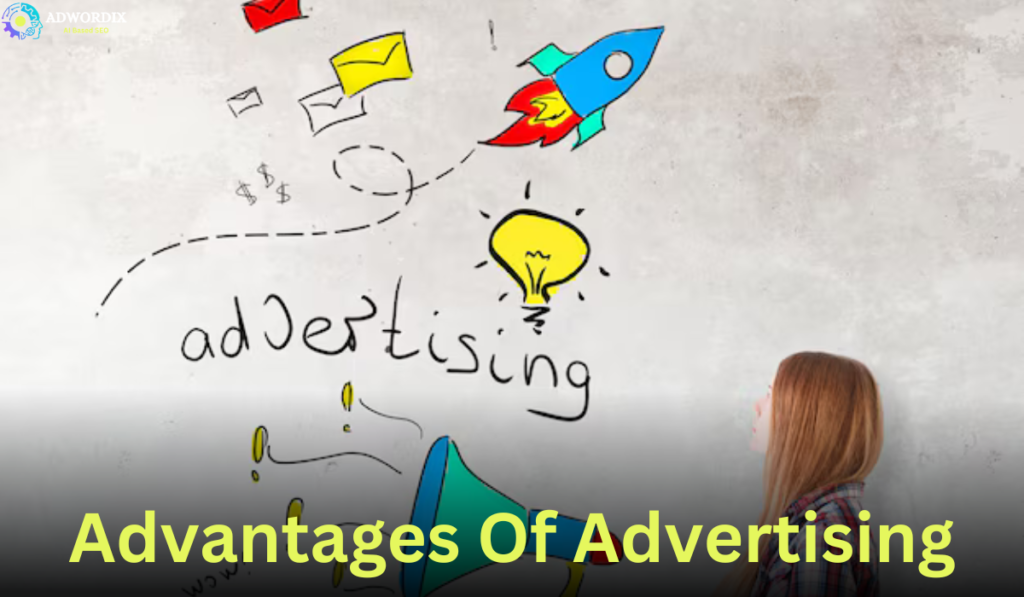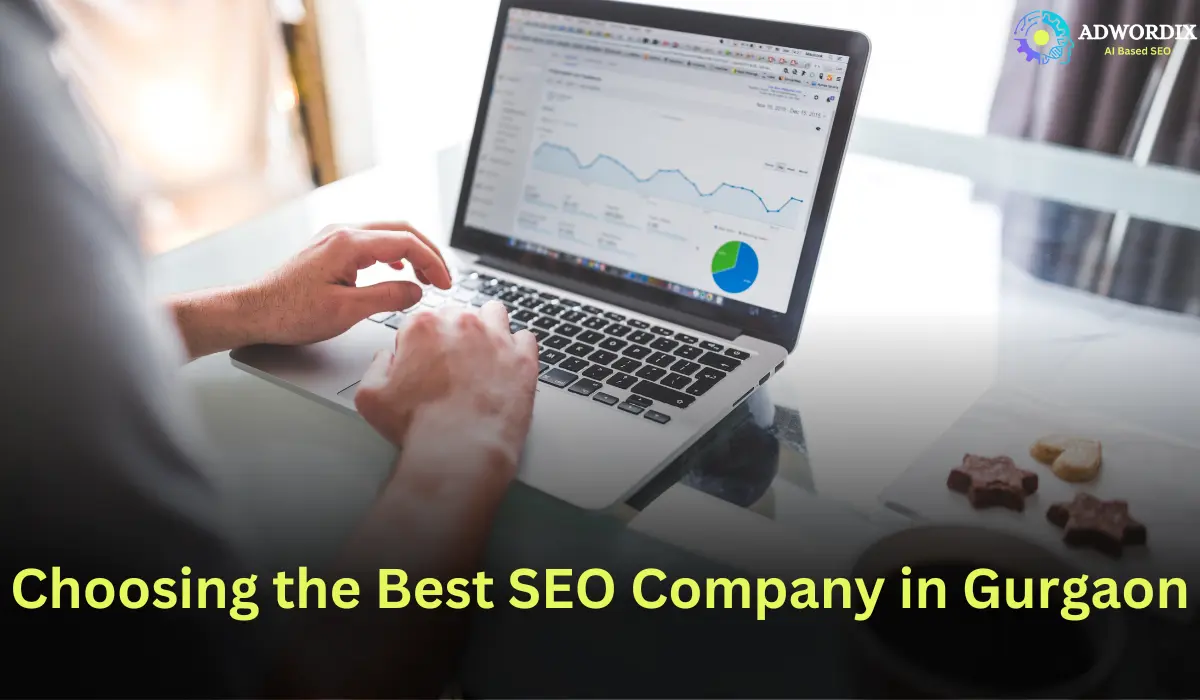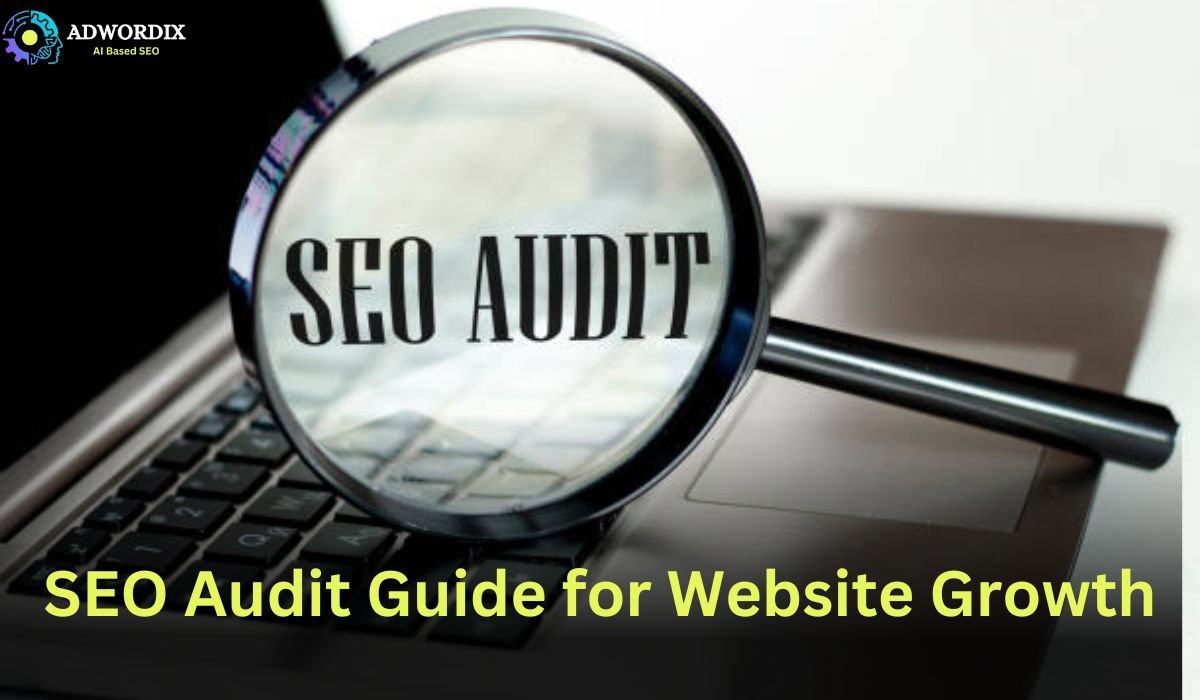Advertising is the basis of modern business strategy, serving as the bridge between brands and their target audience. Whether you’re a startup seeking visibility or an established company aiming to expand your reach, advertising helps businesses achieve their goals. From boosting brand awareness to generating measurable ROI, advertising is indispensable in today’s competitive market.
This comprehensive guide delves into the advantages of advertising, the best practices to maximize its impact, and strategies to overcome common challenges. Whether you’re utilizing online or traditional advertising channels, this guide provides actionable insights to drive success.
What is Advertising?
Advertising is the art of communication aimed at promoting products, services, or ideas to a targeted audience. It takes various forms, including digital ads on online platforms or traditional media like print and television. The primary objective is to inform, engage, and persuade audiences to take specific actions, such as making a purchase or exploring a brand.
Modern advertising focuses on precision and personalization, leveraging advanced tools and strategies to target specific demographics, behaviours, and preferences. This ensures that messages resonate with the right audience, maximizing their impact and effectiveness.
The Advantages of Advertising
- Boosts Brand Awareness: Advertising creates visibility, making your brand recognizable in a crowded marketplace. Consistent campaigns help businesses establish their identity, ensuring potential customers associate your brand with the products or services you offer.
- Enhances Targeted Reach: One of the most significant advantages of modern advertising is its ability to target specific audiences. With tools, you can direct your ads to individuals based on their location, interests, and behaviour. This precision minimizes wasted ad spend and ensures your message reaches those most likely to convert.
- Drives Sales and Revenue: Effective advertising motivates potential customers to act, whether it’s making a purchase, signing up for a service, or visiting your website. Campaigns with well-crafted CTAs (calls to action) encourage users to take the next step, driving revenue growth.
- Builds Credibility and Trust: Regular advertising reinforces a brand’s credibility. Customers are more likely to trust brands that appear consistently in their search results or social media feeds. Ads highlighting testimonials, reviews, or certifications strengthen trust and enhance brand reputation.
- Offers Multi-Channel Flexibility: Advertising isn’t confined to a single medium. Businesses can diversify their strategies by leveraging digital platforms like Google Ads, social media, and email marketing alongside traditional avenues such as print and TV. This multi-channel approach ensures maximum reach and engagement.
- Provides Real-Time Analytics: Digital advertising platforms offer instant insights into campaign performance. Metrics such as impressions, clicks, and conversions allow advertisers to measure the effectiveness of their strategies and make data-driven adjustments. Google Ads management tools excel in providing detailed analytics for optimization.
- Gives a Competitive Edge: Brands that advertise consistently maintain a strong presence, ensuring they remain top-of-mind for customers. By strategically placing ads where your audience spends time, you can outshine competitors and capture market share.
- Complements Other Marketing Efforts: Advertising amplifies the impact of other marketing strategies, such as content marketing, SEO, and social media. For instance, a PPC campaign can direct traffic to a newly launched blog, boosting its visibility and engagement.
- Encourages Innovation: Advertising drives creativity, pushing brands to develop compelling visuals, slogans, and campaigns. Innovative ads capture attention and leave a lasting impression on the audience.
Best Practices for Advertising Success
- Define Clear Objectives: Establish specific goals for your advertising campaigns, such as increasing website traffic, generating leads, or boosting sales. Clear objectives help you create focused strategies and measure success effectively.
- Understand Your Audience: Gaining insight into your target audience is essential. Conduct research to identify their preferences, pain points, and behaviour patterns. Audience insights allow you to craft personalized messages that resonate with potential customers.
- Use Data-Driven Insights: Leverage analytics tools to track performance metrics and optimize campaigns. Platforms like Google Ads provide detailed data, enabling you to identify high-performing ads and refine underperforming ones.
- Diversify Your Channels: Adopt a multi-channel approach by combining PPC services, social media advertising, and email campaigns. Variety ensures broader reach and mitigates risks associated with relying on a single platform.
- Test and Refine: A/B testing helps identify what resonates with your audience. Experiment with different headlines, visuals, and CTAs to discover the most effective combinations. Continuous refinement ensures your campaigns stay relevant and impactful.
- Prioritize Quality Content: High-quality visuals and compelling ad copy are essential for grabbing attention and encouraging action. Invest in professional designs and clear messaging to make your ads stand out.
- Optimize for Mobile: With increasing mobile usage, ensure your ads are mobile-friendly. Responsive designs and concise messaging work best for users on the go.
- Monitor and Adjust: Advertising isn’t a set-it-and-forget-it process. Regularly review performance metrics and make adjustments based on insights. For example, reduce spending on underperforming keywords in your PPC campaigns and allocate the budget to successful ones.
Challenges in Advertising
- Budget Constraints: Advertising requires financial investment, and budget limitations can restrict reach. Prioritize cost-effective options like PPC services, where you pay only for clicks, ensuring a higher ROI.
- Audience Saturation: Repeated exposure to the same ad can lead to audience fatigue. Rotate your ad creatives and test new formats to maintain interest.
- Rising Competition: As more businesses invest in advertising, standing out becomes challenging. Focus on unique selling propositions (USPs) and innovative campaigns to capture attention.
- Misaligned Messaging: Ads that don’t align with audience expectations or brand identity can backfire. Ensure your messaging is consistent, clear, and resonates with your target audience.
- Ad Placement Issues: Ineffective placement reduces ad performance. Rely on expert Google Ads management to ensure your ads appear in optimal positions for maximum visibility.
Measuring Advertising Success
Success in advertising is determined by measurable outcomes. Key performance indicators (KPIs) include:
- CTR (Click-Through Rate): Indicates engagement levels by tracking clicks relative to impressions.
- Conversion Rate: Tracks the percentage of users who complete a desired action, like buying a product.
- CPC (Cost-Per-Click): Evaluate cost efficiency by determining how much you pay for each click.
- ROI (Return on Investment): Assesses revenue generated relative to ad spend.
Use tools like Google Analytics and platform-specific dashboards to analyze these metrics and optimize campaigns.
Advertising Formats and Channels
- PPC Advertising: PPC ads appear on search engines and charge advertisers per click. This format is ideal for targeting high-intent users and delivering quick results.
- Social Media Advertising: Platforms like Facebook, Instagram, and LinkedIn allow businesses to create visually engaging ads tailored to specific demographics.
- Display Advertising: Banner ads on websites grab attention and drive traffic. Use creative visuals and compelling CTAs for maximum impact.
- Video Advertising: Videos are highly engaging and effective for storytelling. Platforms like YouTube are popular for video ads.
- Print Advertising: Traditional formats like newspapers and magazines still hold value, especially for local targeting and credibility building.
Conclusion
Advertising is more than just a tool for visibility—it’s a strategic asset that drives growth, builds trust, and ensures long-term success. By understanding the advantages of advertising, implementing best practices, and leveraging professional services like Google Ads management, businesses can achieve their goals and remain competitive in an ever-evolving market.
Frequently Asked Questions
Advertising boosts brand awareness, drives sales, builds trust, enhances customer engagement, and provides measurable insights for campaign optimization.
Consistent advertising establishes brand presence and trust. Highlighting customer testimonials, certifications, or reviews in ads can further enhance credibility.
Targeted advertising ensures your message reaches the right audience based on factors like demographics, behaviour, and preferences, reducing wasted spend and improving ROI.
PPC services allow businesses to focus on high-intent users, optimize budgets, and achieve measurable results by paying only for actual clicks on their ads.
Google Ads management ensures strategic ad placements, real-time performance tracking, and budget efficiency, maximizing the impact of advertising campaigns.





